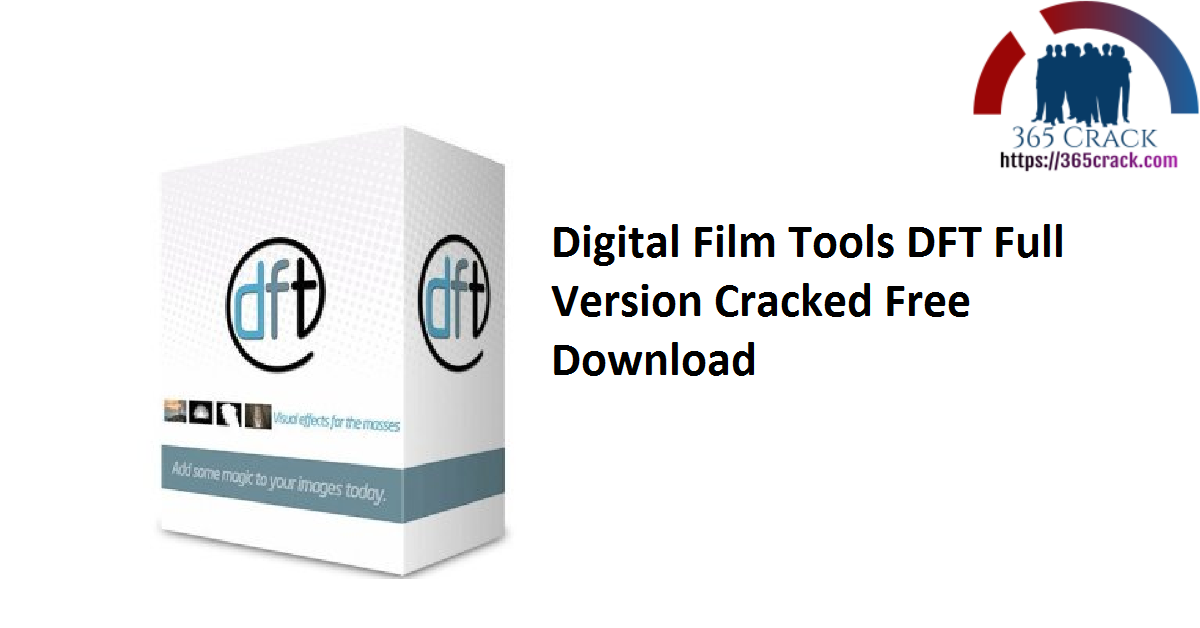

Dimaculangan directed the green stage elements and I was hired to pull keys in two venues. The experience and workflow was typical and today many editors get involved in these shoots. But it requires careful planning, shooting, and good tools in post.Ĭyclone Interactive of Boston, working with Moving Media of Arlington, MA, used greenscreen for a multinational corporate client specifically to bring live action and virtual sets together on the web, along with stand-ups to be composited against web page white backgrounds, all ending up as Flash elements.
KEYLIGHT 1.2 CRACK FULL SIZE
It's a whole new “humanizing” media initiative which doesn't challenge bandwidth the way full size videos do. You see instructors standing next to bullet-point examples of their topic or product, often interacting with it- often only when you click your mouse to direct the presentation. It's a little spooky to see leprechaun-like folks talking to you or to each other, but, when done right, message transcends media, and it's compelling. You often see spokespeople walking out of nowhere onto a browser web page when you load it, to say hello, deliver a mission statement or company overview. Live-on-webpage production is becoming extremely popular. Why are we seeing so many green shoots? Is the economy really improving? Today, whole feature films like 300 and SIN CITY are greenscreen productions, unless everybody’s blonde. Today, for digital film and video, greenscreen is enormously popular, because the green channel in video carries most all the luminance information needed to isolate a key background from a foreground subject. (It’s always from the UK, isn’t it? Except Technicolor itself was invented in Boston by refugees from MIT.) It was an arduous workflow from shooting against blue, controlling spill, pulling male and female traveling mattes… a headache. In the 1930’s Technicolor’s London lab came up with the blue screen process which better suited color film. Originally, blue-filtered imagery was motion picture in-camera special effects.

Different colors? True and blue is better for blonde characters, green for everybody else. If you're wondering what the difference between bluescreen and greenscreen might be, well, let’s see. It comes from a product developed specifically for motion picture chromakey work, normally bluescreen production. Keylight is used on chromakey shots in virtually any major feature film you can think of. Keylight is a powerful plug-in from UK's The Foundry, (maker of the high-end Nuke compositer/VFX program). KeyLight 1.2 in After Effects CS4, under OSX 10.6 Snow Leopard, (but not 64-bit) with virtually identical controls.
KEYLIGHT 1.2 CRACK PRO
Keylight 2.0 in Final Cut Pro 7 under OSX 10.5 Leopard.


 0 kommentar(er)
0 kommentar(er)
